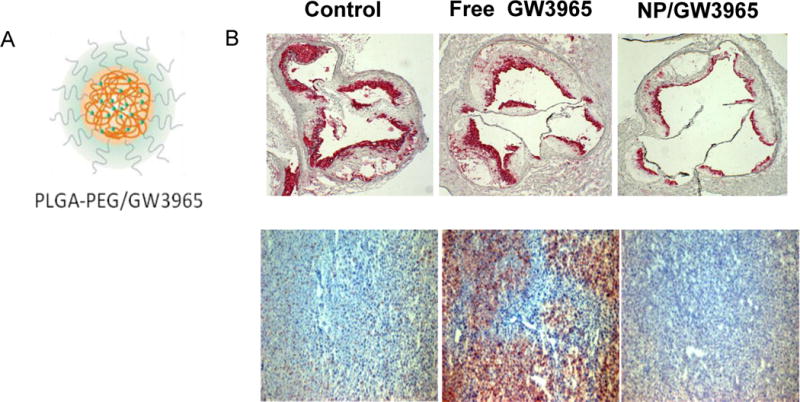Figure 4. Nanoparticles (NPs) containing LXR agonist GW3965 favorably affect the plaque while sparing the liver.

A) Chemical structure of GW3965-containing NP’s. The particle consists of an outer PEG surface, and a biodegradable polymer matrix (PLGA, golden wavy lines) loaded with GW3965 (green circles). B) Top: ApoE-deficient mice were fed western diet for 16 weeks, then treated 3X/week for 2 weeks with buffer (control), free GW3965, or NPs containing GW3965 at the same dose. The aortic roots were sectioned and stained for macrophages (CD68+ cells, in red). Note in the representative images that both free drug and NP-GW3965 decreased plaque macrophage content. Bottom: In contrast, when liver sections were stained from the corresponding mice, the oil Red O positive area, which represents triglyceride content, was obviously higher in the free GW3965 treatment group.
PEG, polyethylene glycol; PLGA, poly lactic-co-glycolic acid
